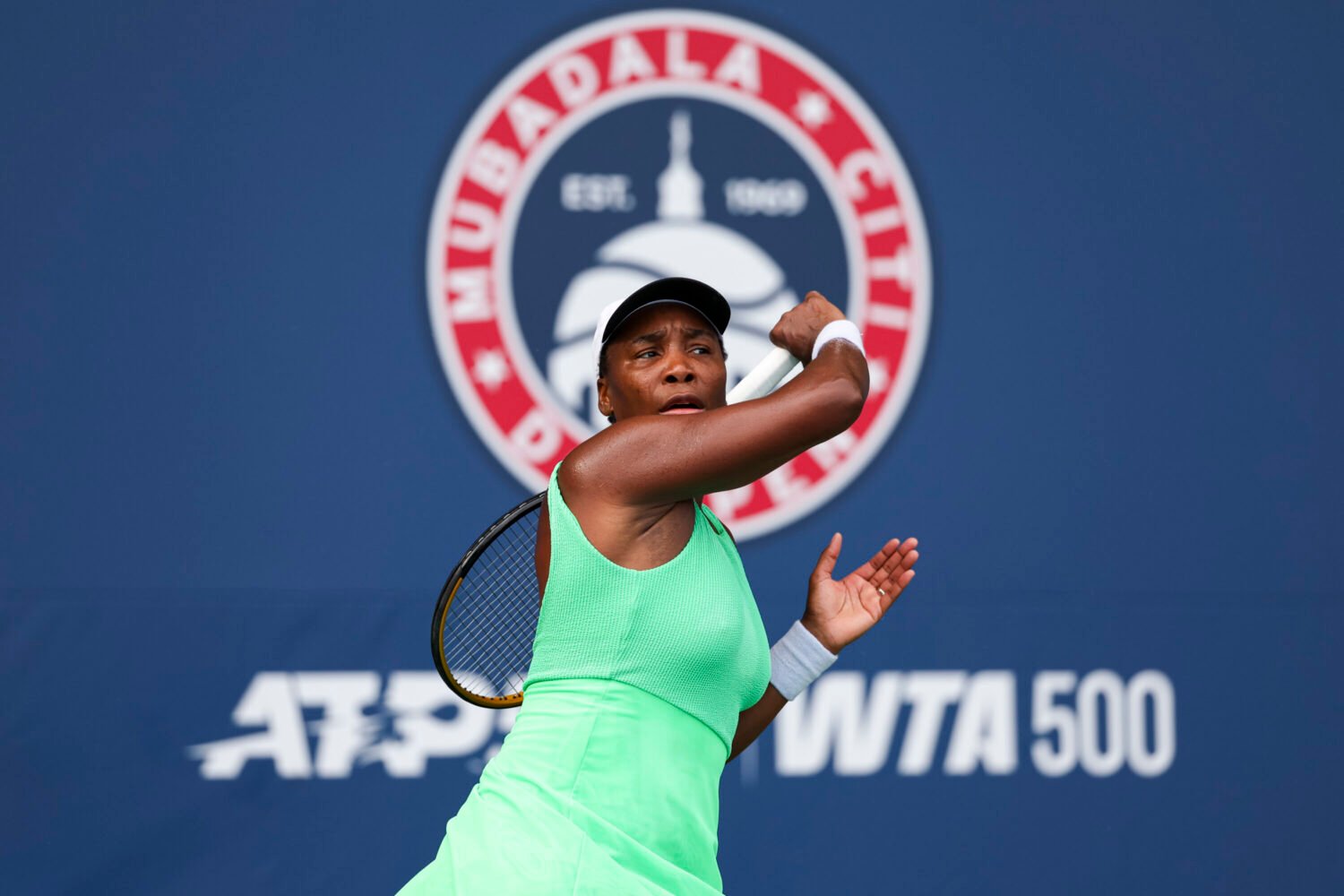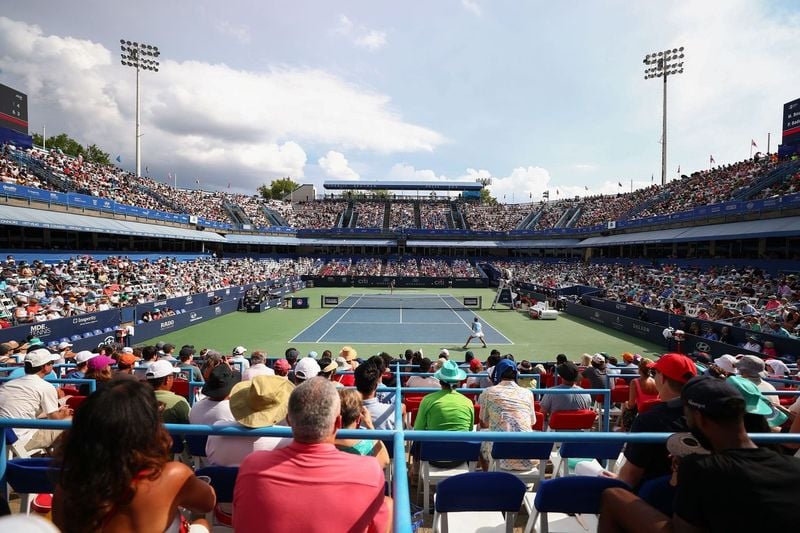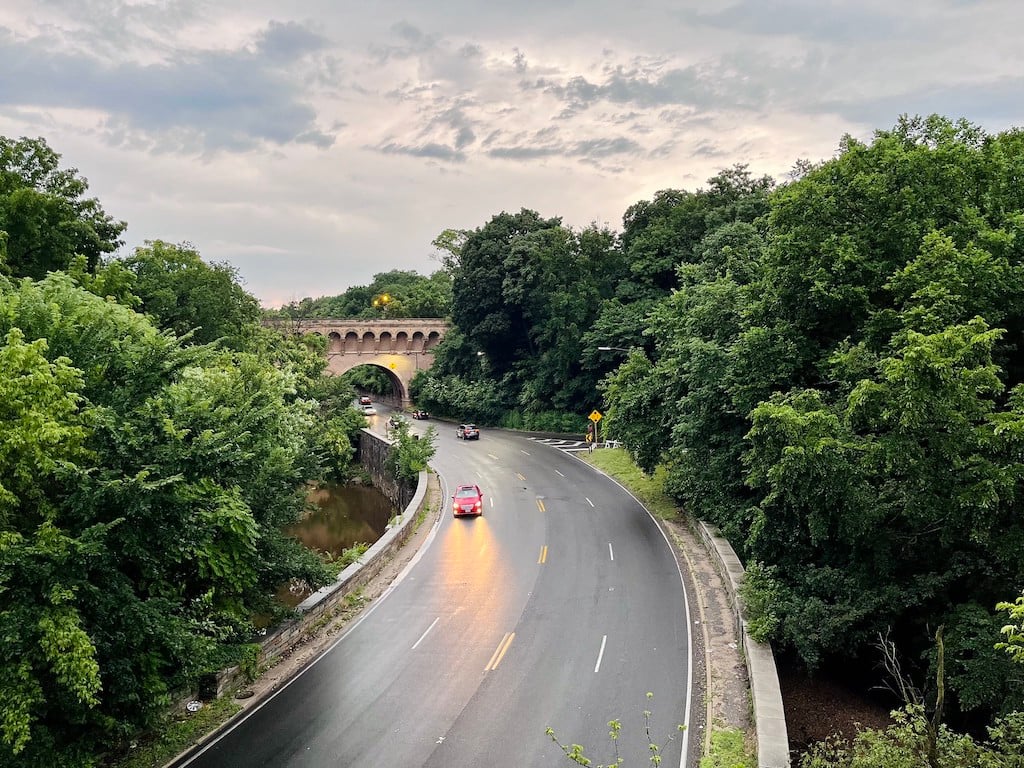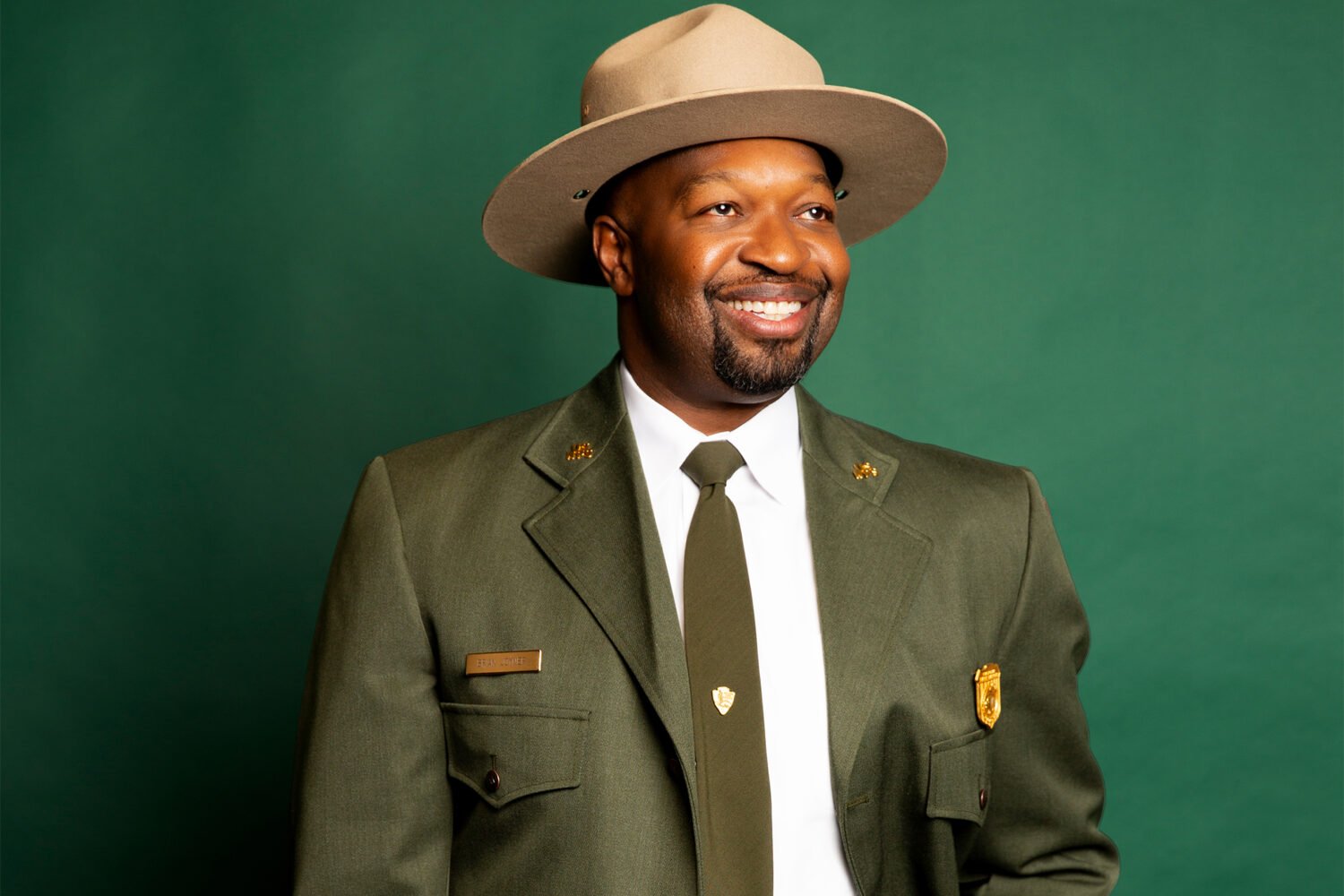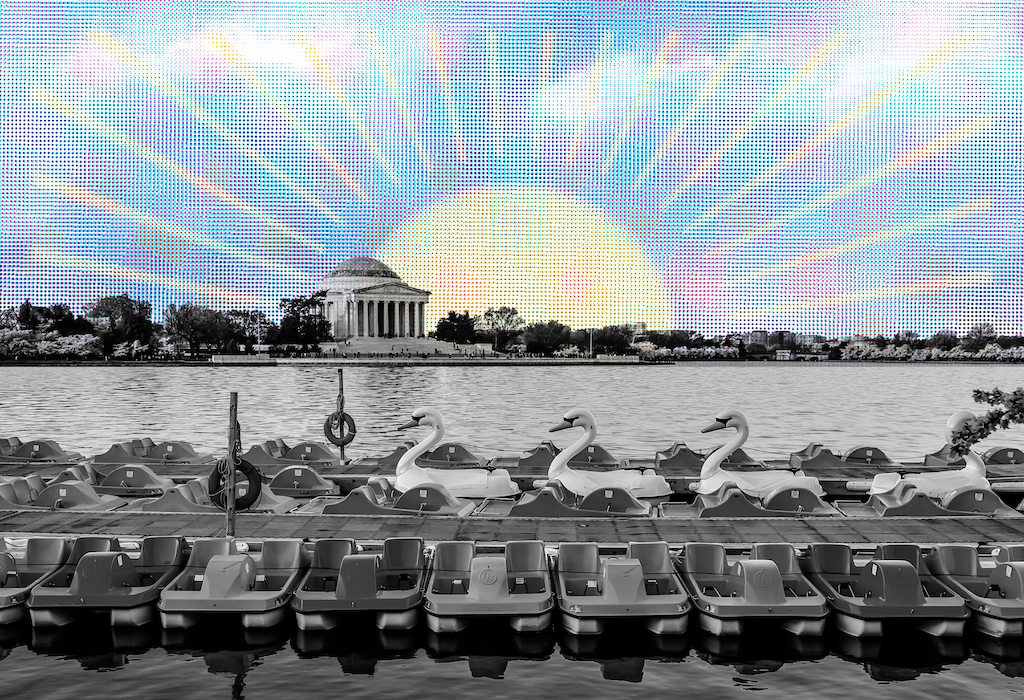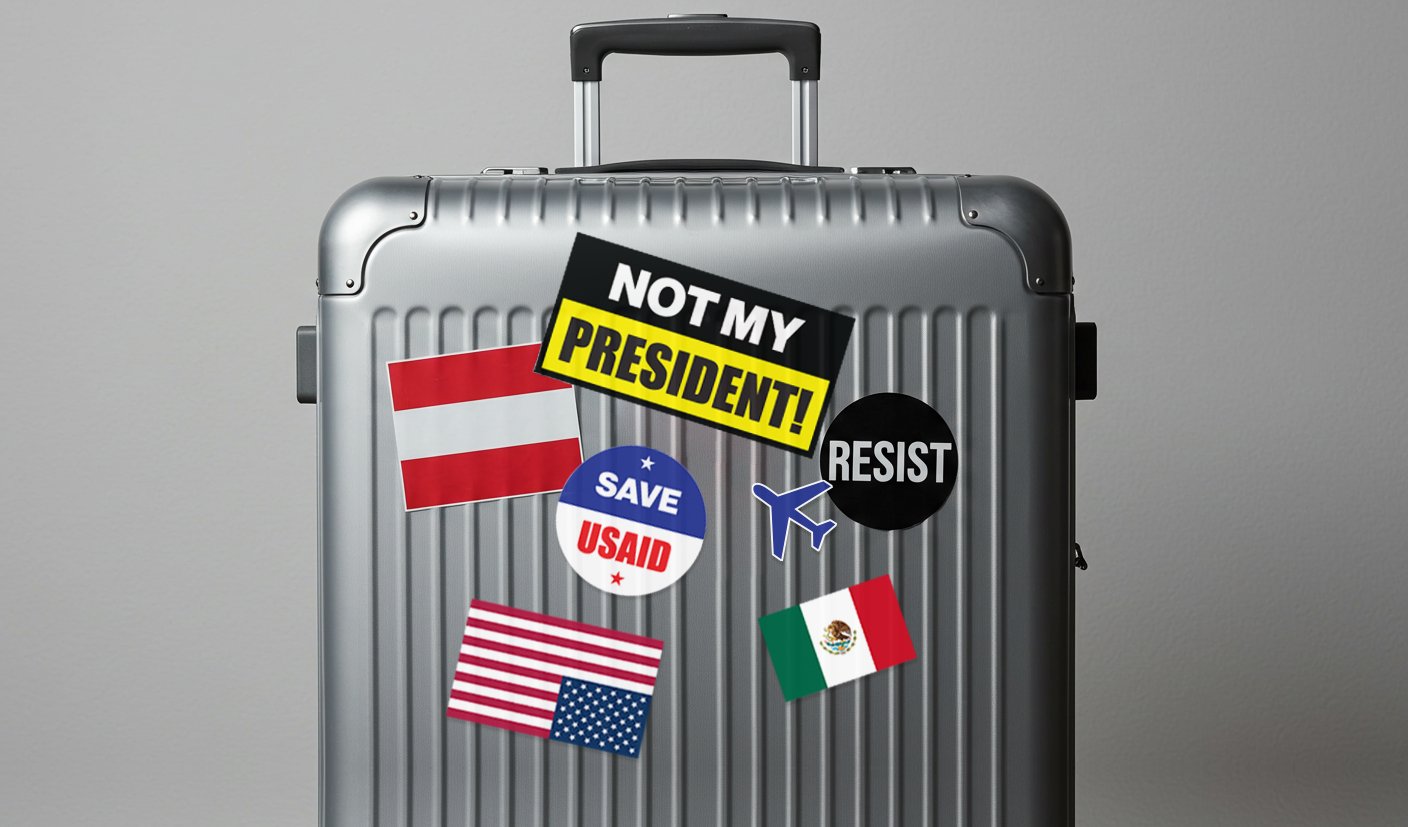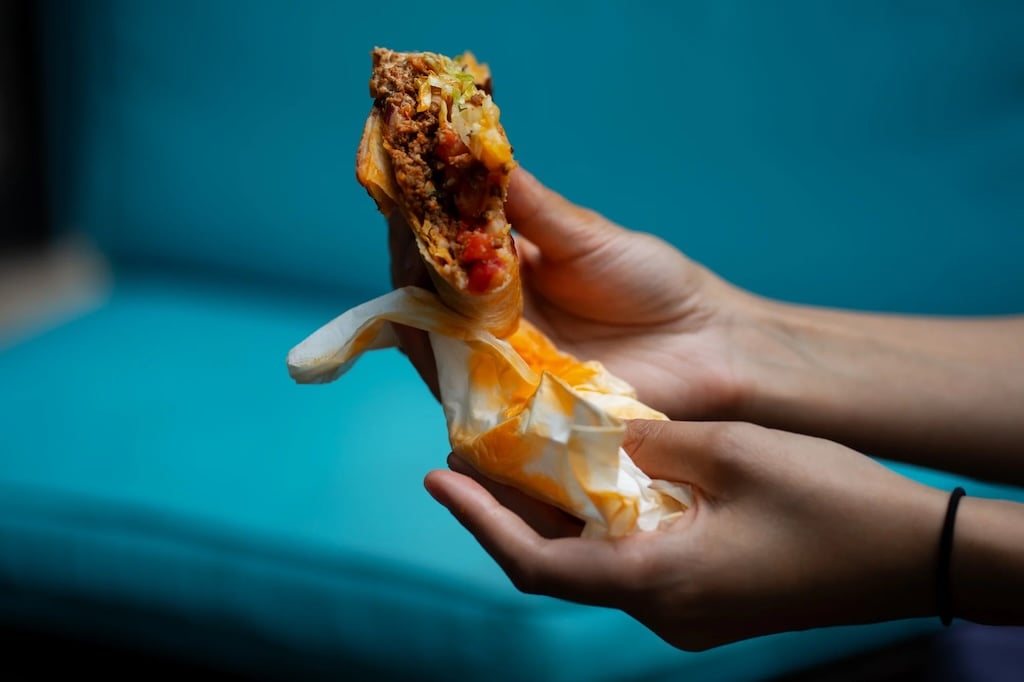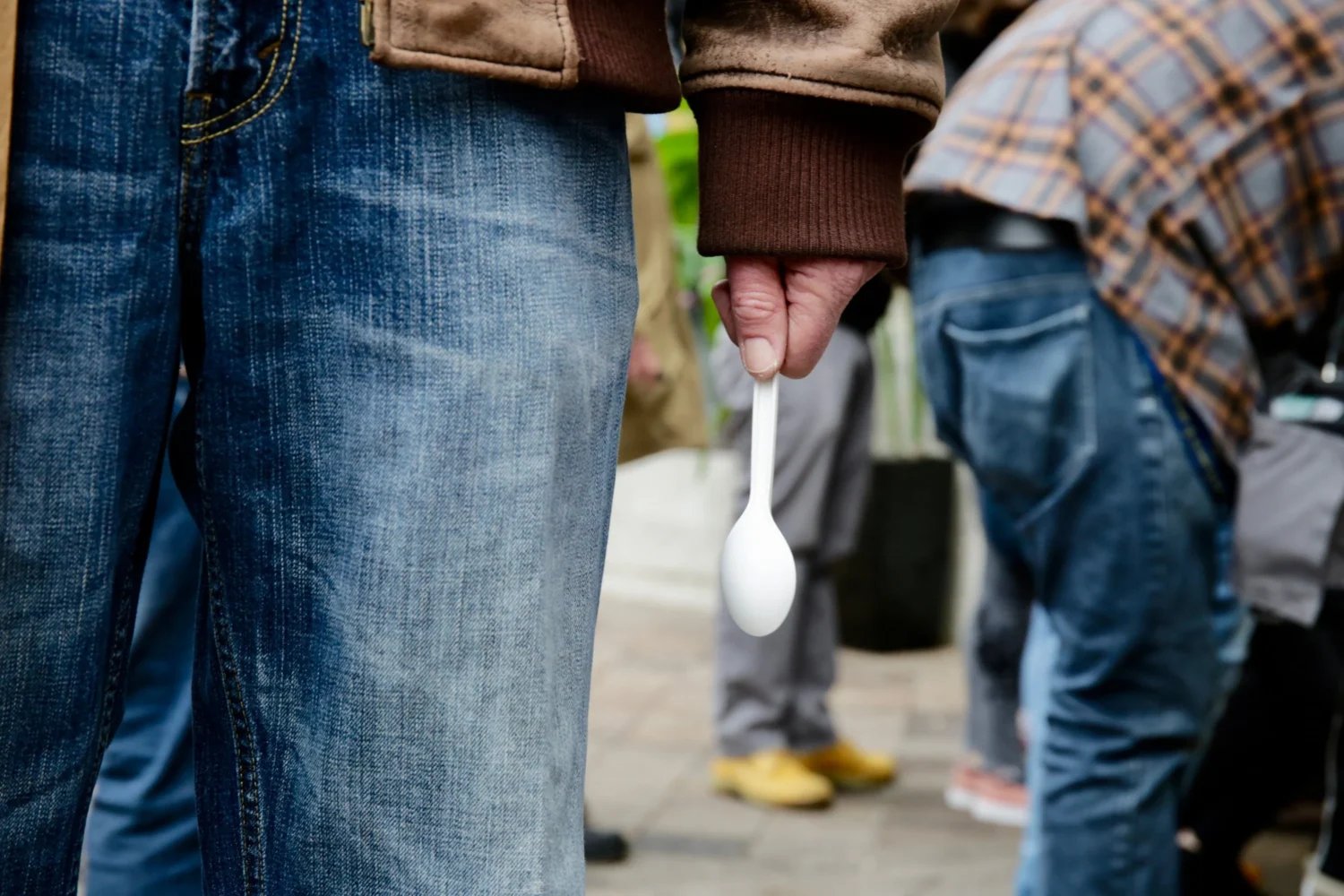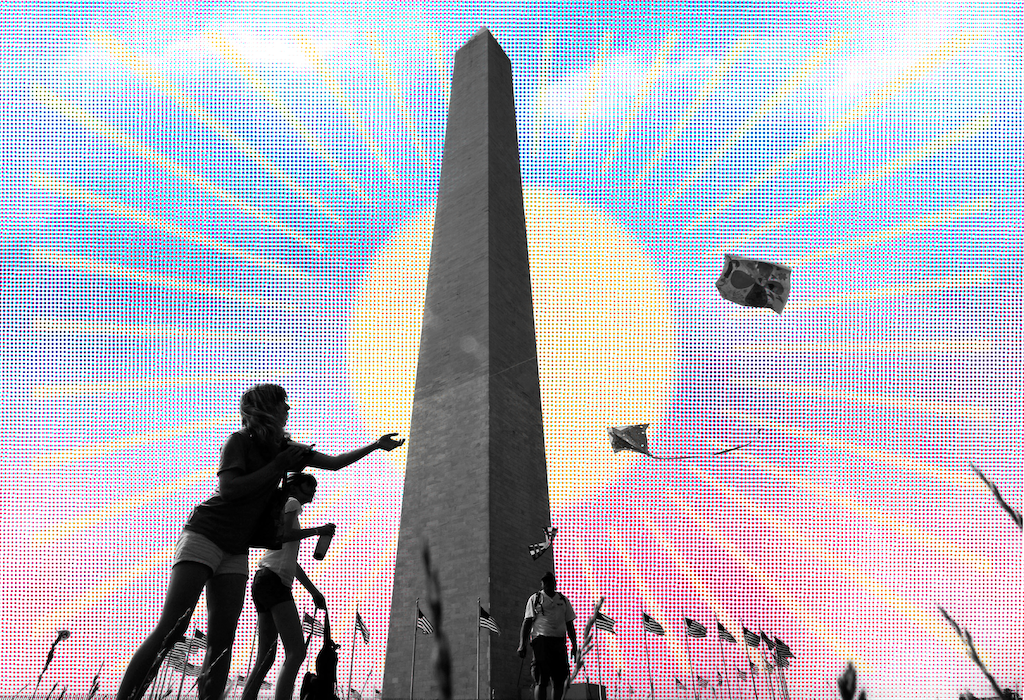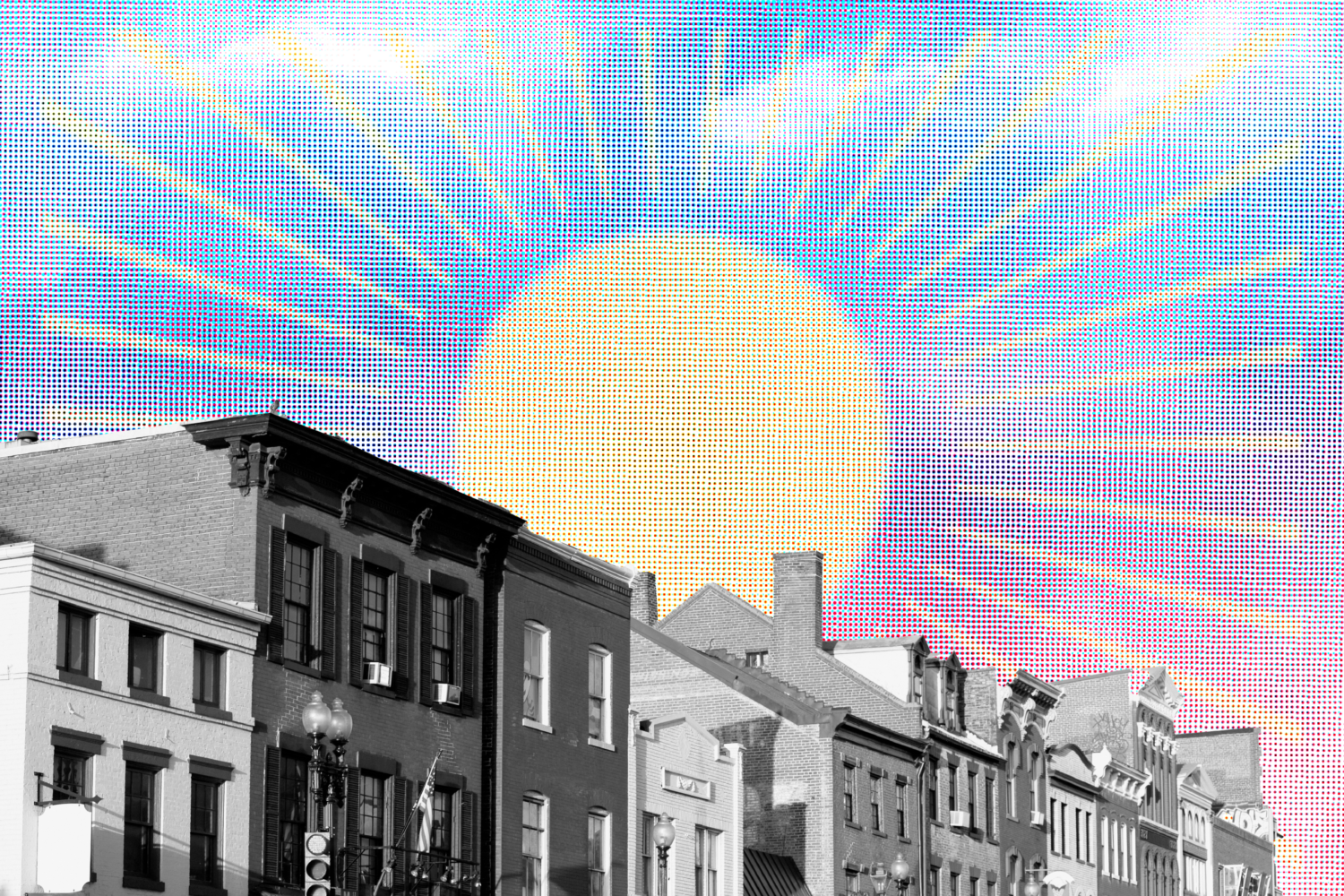Food Chain #1: Cherry tree → Eastern tent caterpillar → Cerulean warbler
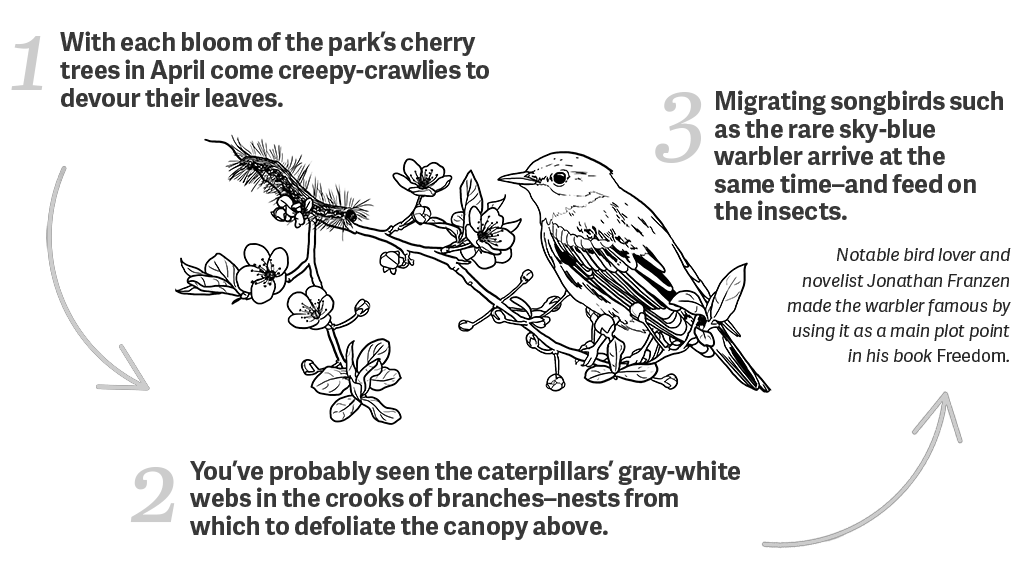
1. With each bloom of the park’s cherry trees in April come creepy-crawlies to devour their leaves.
2. You’ve probably seen the caterpillars’ gray-white webs in the crooks of branches—nests from which to defoliate the canopy above.
3. Migrating songbirds such as the rare sky-blue warbler arrive at the same time—and feed on the insects. (Notable bird lover and novelist Jonathan Franzen made the warbler famous by using it as a main plot point in his book Freedom.)
Hay’s Spring amphipod → Northern red salamander → Raccoon → Coyote
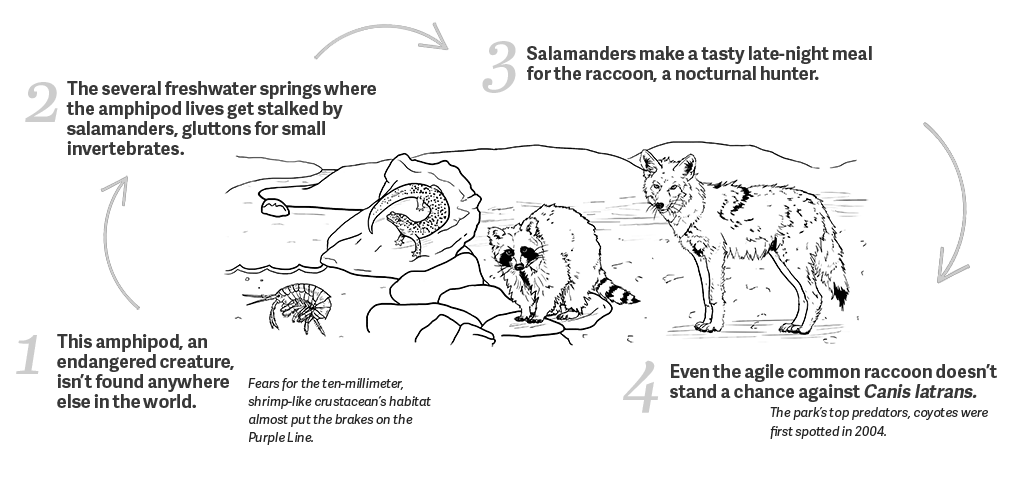
1. This amphipod, an endangered creature, isn’t found anywhere else in the world. (Fears for the ten-millimeter, shrimp-like crustacean’s habitat almost put the brakes on the Purple Line.)
2. The several freshwater springs where the amphipod lives get stalked by salamanders, gluttons for small invertebrates.
3. Salamanders make a tasty late-night meal for the raccoon, a nocturnal hunter.
4. Even the agile common raccoon doesn’t stand a chance against Canis latrans. (The park’s top predators, coyotes were first spotted in 2004.)
Mapleleaf viburnum → White-tailed deer → Man
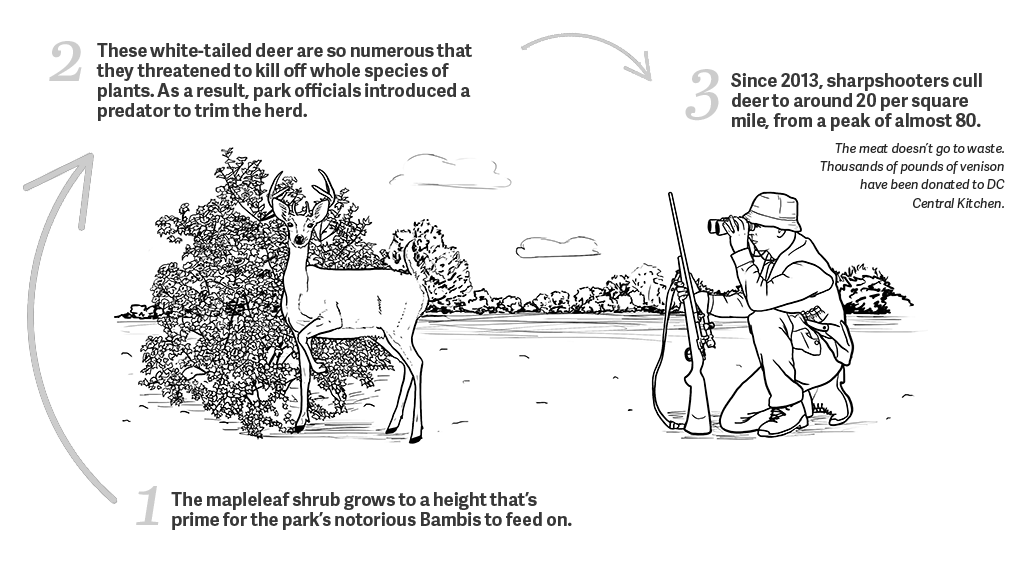
1. The mapleleaf shrub grows to a height that’s prime for the park’s notorious Bambis to feed on.
2. These white-tailed deer are so numerous that they threatened to kill off whole species of plants. As a result, park officials introduced a predator to trim the herd.
3. Since 2013, sharpshooters cull deer to around 20 per square mile, from a peak of almost 80. (The meat doesn’t go to waste. Thousands of pounds of venison have been donated to DC Central Kitchen.)
This article appears in our August 2016 issue of Washingtonian.


